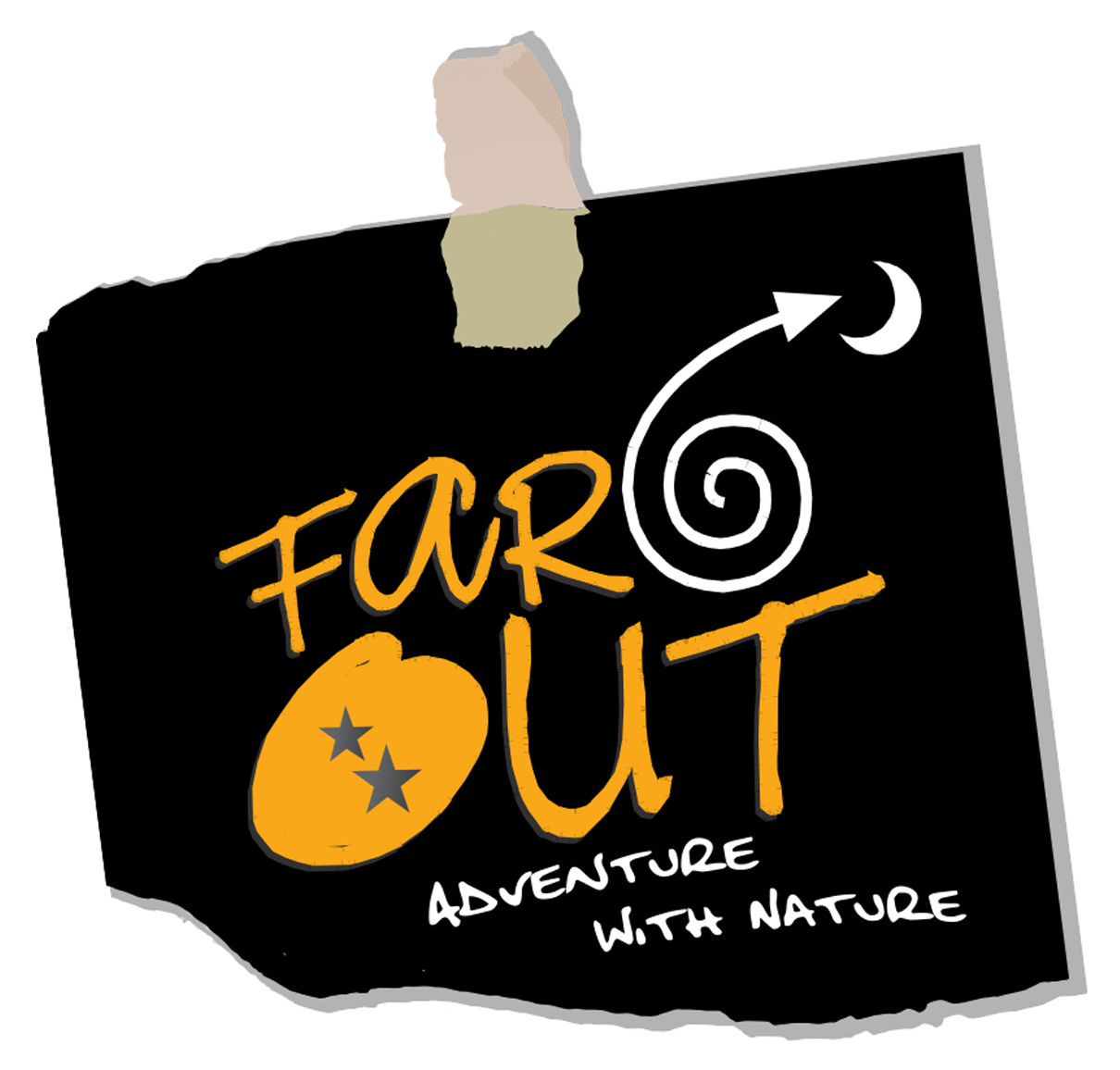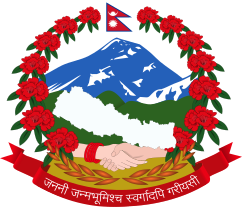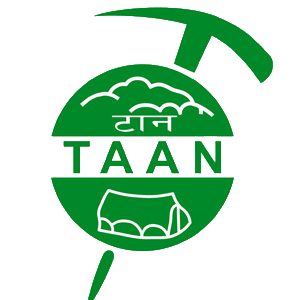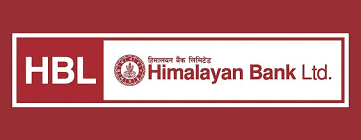Encased by India and China, as well as the deep folds of the Himalayas, the kingdom of Bhutan is also known as the ‘Land Of Thunder Dragon’. It is one of the few remaining Shangri Las on Earth, and a magical place where centuries-old tradition has survived and coexisted with modernity. Bhutan will welcome you with 100% pure air as Bhutan is fully Carbon Negative zone. This country was only opened up to travelers in 1974, and those who have been there since give it a pride of place; Bhutan is rated as one of the top ten global tourist hotspots in the world.
Bhutan is as adorned with natural wonders as it is with the art and colors of Buddhism. The scenery is amazing, the architecture inspiring, the people hospitable, and the culture undiluted. Travelers will get to explore various religious and cultural sites, experience the wonders of nature, and admire the traditional farmhouses that punctuate the countryside. The kingdom along with Nepal holds the greatest concentration of mountains and living heritage of Buddhism.
This spiritual land is the last bastion of the Vajrayana school of Mahayana Buddhism which provides the essence of a unique identity for the 750,000 people.
While so much has already been written about Bhutan, one must visit the country in order to fully appreciate this exotic land. Far Out Nepal has been operating various tours, trekking, special interest tours in Bhutan for years. If you would like to explore the unique land of Bhutan, please send us an email and we can put together a great package for a good value.
Packages
 Season: Oct till Mid Dec & Feb till Apr
Season: Oct till Mid Dec & Feb till Apr
 Location: Bhutan (Thimphu, Punakha, Gangtey, Haa, Paro)
Location: Bhutan (Thimphu, Punakha, Gangtey, Haa, Paro)
 Altitude: Max. 3,100 m
Altitude: Max. 3,100 m
 Difficulty Level: Easy
Difficulty Level: Easy
 Season: Oct till Mid Dec & Feb till Apr
Season: Oct till Mid Dec & Feb till Apr
 Location: Bhutan
Location: Bhutan
 Altitude: Max 3,100 m
Altitude: Max 3,100 m
 Difficulty Level: Easy
Difficulty Level: Easy
 Season: Mid May till mid September
Season: Mid May till mid September
 Location: Bhutan
Location: Bhutan
 Altitude: Max 4,930 m
Altitude: Max 4,930 m
 Difficulty Level: Moderate
Difficulty Level: Moderate
 Season: Oct till end Nov & Feb till Apr
Season: Oct till end Nov & Feb till Apr
 Location: Bhutan (Thimphu, Gangtey, Bumthang, Punakha, Paro)
Location: Bhutan (Thimphu, Gangtey, Bumthang, Punakha, Paro)
 Altitude: Max. 3,100 m
Altitude: Max. 3,100 m
 Difficulty Level: Easy
Difficulty Level: Easy
Visa Information :
Visitors of all nationalities, except those from India, require a visa before entering Bhutan. For all visitors, except those from Bangladesh and the Maldives, this visa must be applied for and approved in advance of travel. Visitors from Bangladesh and the Maldives also require a visa, but this can be applied for and approved either in advance of travel or upon arrival in Bhutan.
Visitors from India are able to apply for a permit but are required to hold an Indian passport or an Indian voter ID card. For Indian nationals under the age of 18, a passport or a birth certificate can be used to enter and they must be accompanied by a legal guardian.
How do I apply for a visa?
You can apply online for a visa by completing this application form, or if you’re travelling with a tour operator, they may apply on your behalf. Read more about the visa here.
Visitors from Bangladesh and the Maldives requiring a visa can apply either online before travelling or in person upon arrival in Bhutan.
How long does it take to issue my visa?
A correctly input visa application can take up to five days to process.
How much does the visa cost?
There is a one-off fee of US$40 for the processing of your application. This is payable at the same time as your Sustainable Development Fee (SDF) US$ 200/- per day, as part of the process of submitting your visa application.
How long does my visa allow me to stay in Bhutan?
The visa allows you to remain in Bhutan for a maximum of 90 days from the date of entry.
Can I extend my visa while I’m in Bhutan?
Yes, provided the extension is applied for before the original visa or permit expires.
Visitors can extend their stay via the online visa application portal, using the same log-in details that were used to process their original visa.
The fees for processing your extension application, and daily SDF for the duration of your extended stay, will be payable via the same portal.
- Paro
- Phuntsholing
Unitary Parliamentary Constitutional Monarchy
Vajrayana Buddhism & Hinduism
Dzongka (official language), English (medium of instruction), Tshanglakha, Lhotsamkha ( Nepali) and Khenkha, Sharchop.
There are two main population groups in Bhutan: the Dukpa (67%) of Tibetan and Monpa origin and Lhotsampa (of Nepalese origin).The rest comprises of indigenous tribal groups such as Toktop, Doya and Lepcha of SW Bhutan.
Tshechus are the main annual religious festivals of Bhutan that are celebrated to honour Guru Padmasambhava, also known as "Guru Rimpoche". Tshechus are considered as an occasion for reverence, feasting, socializing and blessing by the people.
Bhutan time is 6 hours ahead of GMT and there is only one time zone throughout the country.
There are only two ways to enter Bhutan – by air and by road.
Getting to Bhutan via Air
Bhutan’s national carrier, Druk Air, and Bhutan Airlines both provide international flights into Bhutan’s international airport located in Paro, about one and a half hours drive from Thimphu.
Druk Air has a fleet of modern Airbus A-319 and ATR planes. Druk Air flies in and out of Bhutan from:
• Bangkok (BKK – Thailand)
• Delhi (DEL – India)
• Mumbai (BOM – India)
• Kolkata (CCU – India)
• Bagdogra (IXB – India)
• Gaya (GAY – India)
• Guwahati (GAU – India)
• Kathmandu (KTM – Nepal)
• Dhaka (DAC – Bangladesh)
• Changi (SIN – Singapore)
Bhutan Airlines began its international operations in October 2013. It’s sectors to Bhutan include:
• Bangkok (BKK – Thailand)
• Delhi (DEL – India)
• Kolkata (CCU – India)
• Kathmandu (KTM – Nepal)
Entering by Road :There are currently three authorised entry & exit points by road for foreign tourists.
The first is at Phuntsholing in southwest Bhutan, from West Bengal in Northern India. The adjacent Indian town is called Jaigaon. We strongly recommend vistors entering or departing at Phuntsholing spend the first night there on the Bhutan side. Jaigaon is chaotic and only offers low standards of accommodation.
The second entry/exit point is at Samdrup Jongkhar in the far southeast of Bhutan. This option, bordering the Indian State of Assam, is useful for visitors who travel to the more remote eastern side of Bhutan. It is 3 hour drive from Samdrup Jongkhar to the Indian airport of Guwahati which will connect you by air to your onward destination.
The third entry/exit point is Gelephu in central southern Bhutan for those on specialised itineraries.
Important Note: Driving in Bhutan, the roads are narrow and the driving speed in Bhutan is generally 35-60 kms per hour, courtesy of the high number of bends per kilometre (up to 10 or more bends per km in some areas and especially in eastern Bhutan).
All towns in western Bhutan have a reliable power supply. Elsewhere, access is less consistent, and electricity is not available in some of outlying areas of the country. The voltage supply is 220/240, the same as India. If you do bring electrical appliances, take along an international converter kit with adapter plugs. The sockets are round and same as in India. some newer hotels are fitted with multi country sockets.
The current crime rate is extremely low, making Bhutan one of the safest places in the world. It is rare to feel insecure within the country.Generally people are good natured, friendly and helpful.
All major towns have basic communication facilities including post, telephone, fax and telegraph. Television and internet were introduced in 1999, and nowadays, most of the hotels avail internet facilities.Albeit it mayn’t be as fast as you are used to in west. Cell phones network are widely available and you can easily purchase a local sim card if you bring your device.
The climate in Bhutan varies with elevation, from subtropical in the south to temperate in the highlands and polar-type climate, with year-round snow in the north. Bhutan experiences five distinct seasons: summer, monsoon, autumn, winter and spring. Western Bhutan has the heavier monsoon rains; southern Bhutan has hot humid summers and cool winters; central and eastern Bhutan is temperate and drier than the west with warm summers and cool winters.
Local currency used in Bhutan is Ngultrum. It is at par with the Indian rupee and accepted as legal tender in the country.
You may change your unused Ngultrums (local currency) back to foreign currency (though usually only into US dollars) on departure if you can produce your original exchange receipts.
Note: INR (Indian Rupees) denominations of 500 and 1000 are not accepted in Bhutan.
Traveller’s cheque can be easily withdrawn and exchanged for local currency from different banks. Many of these banks provide internet banking facilities.
ATMs are located within all main towns throughout Bhutan, where money can be withdrawn using a Visa or MasterCard..
In addition, POS (Point of Sale) services are available nationwide, meaning visitors can pay by credit card at most hotels and handicrafts stores.
0900 hrs – 1700 hrs
0900 hrs – 1400 hrs
The main health risks are similar to other South Asian countries, namely diarrhoea, respiratory infection or more unusual tropical infection. It is wise to have health insurance and although vaccinations are not mandatory, they are recommended. When trekking, there are also risks associated with altitude sickness and accident. In an event of health problems, there are basic hospital facilities in each district headquarters that provide free medical service.
The wide range of temperatures does not make dressing easy. The best solution is to wear several layers, such as a cotton shirt, pullover, wool cardigan jacket, which can be taken off or added as needed. Conservative sport wears is the appropriate style for a traveller in Bhutan. Even in Summer you will need a sweater or a light jacket in the evening.
We expect visitors to dress modestly and respectfully especially if you are planning a visit to the monasteries, Dzongs and other religious institutions. Long pants and long sleeved tops should be worn when visiting such places. As a mark of respect, be kind enough to remove your hats, caps etc. as you enter religious and administrative premises, institutions and in any other place that you come across with the national flag being raised.










